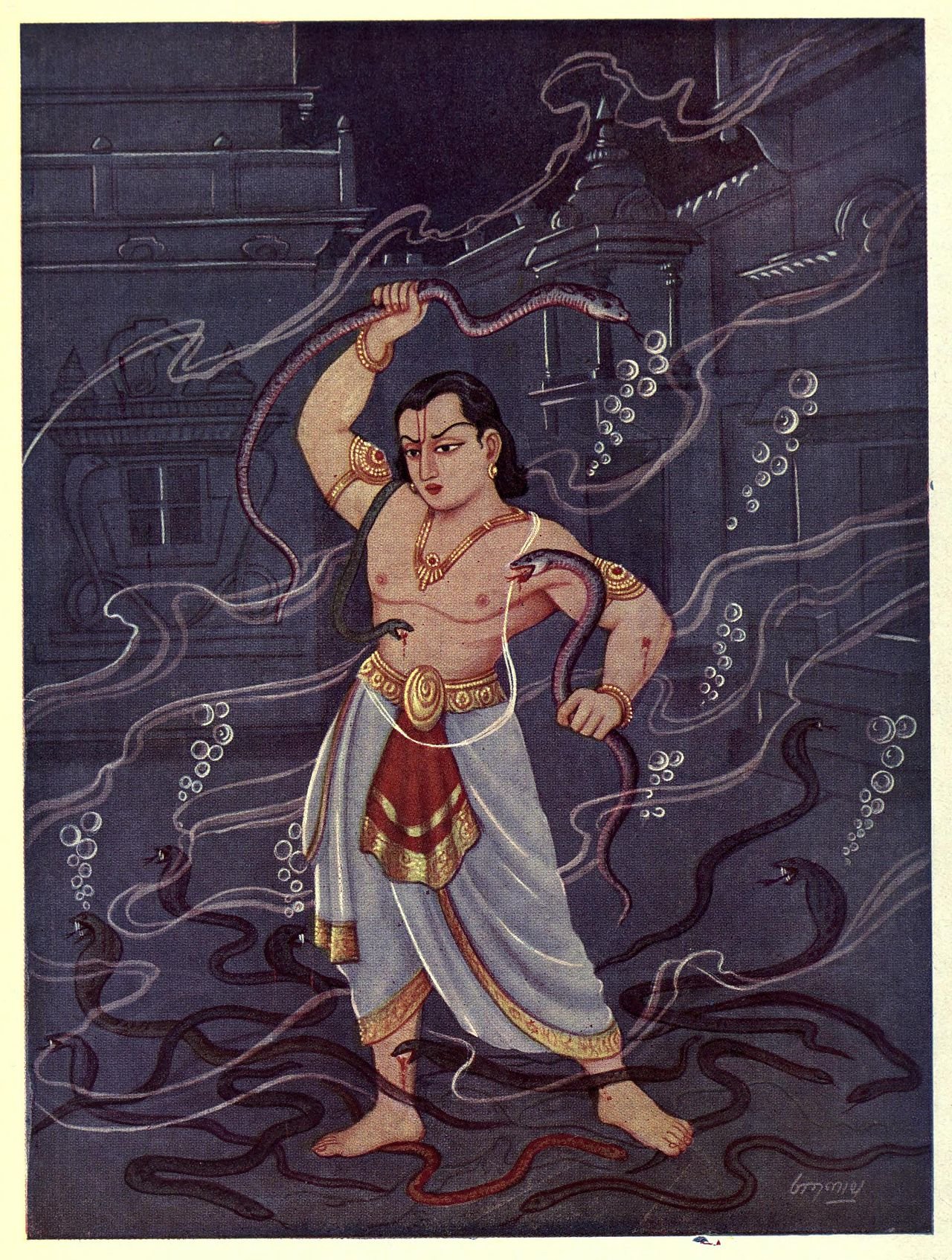Yamas Through Tarot: Ahimsa and Strength
“The eight limbs (or steps) of yoga are yama (things not to do), niyama (things to do), asana (steady posture), pranayama, breath control), pratyahara (withdrawing the senses inward), dharana (concentration), dhyana (meditation), and samadhi (absorption).” Yoga sutra 2.29
Ram Bhakt’s A Seeker’s Guide to the Yoga Sutras
The yamas and the niyamas are the keys to the art of living, according to B.K.S. Iyengar. The yamas and niyamas are ethical guidelines for a person seeking to live a yogic life to follow in relating to their external and internal environment. They inform us how we treat others and ourselves.
While yamas are often considered how we treat others and niyamas how we treat ourselves, that doesn’t mean there isn’t overlap, for the two inform and influence each other. We know how we often treat others has nothing to do with them but ourselves. If it helps you in the beginning to keep track, use this idea of external/internal environment. There is nothing wrong with that, but also know that lines drawn in the sand are not permanent.
The yamas and niyamas are the first limbs of the eight steps to practicing yoga. Patanjali outlines Ashtanga Yoga, the eight-limbed path of yoga, also known as the Royal Path of Yoga. These eight steps are listed to help us reach samadhi, the goal of yoga, which is when we are in a state of being able to focus our mind so much that we experience great insights like our true nature. This is a systemic process, and I like how Iyengar discusses the many limbs of yoga as the petals of a flower, where “a flower unfolds all its petals simultaneously, so the eight aspects of yoga have to bloom at the same time.”
We kick off A Year Of Spiritual Chaos on my Patreon with a look at ahimsa.
Ahimsa is the first yama and it translates to nonviolence. This idea is found in Hindu epics like The Mahabharata (where the Bhagavad Gita is from), generally thought to have been composed from the fourth century BCE, in Buddhism as a cardinal virtue, and in Jainism as the most important concept that the religion is based upon.
Ahimsa is nonviolence to all beings. Nonviolence to humans and non-humans. To the living and the dead. It is not just physical violence, but spiritual violence. It is often considered an absolute guideline, but this is nonviolence in the relative sense.
This week I watched the documentary, This Place Rules, about the months leading up to Jan. 6 attack on the US Capitol, and in one clip, an internet personality smoked using the corpse of a fish as the smoking pipe. I was overcome with revulsion at the actions of the internet personality. In a similar vein, when I come across, against my will, food videos where North Americans will put unexpected ingredients to a recipe that is wasteful. In North America, we live with so much wealth that it becomes okay to destroy it or to treat it without respect because there will be more. This was a violation of ahimsa, to see the body of this fish, that had a spirit, consciousness, be used as a prop to chase the ephemeral allure of social media clout and validation.
Violence is about using power or force against yourself, to another individual, or to a community. There may be multiple purposes for violent action or thoughts, and this comes from conscious or subconscious impulses, where we may be aware and intending to inflict harm, or ignorant about our impact.
Patanjali speaks to the effects of practicing nonviolence later on where “one acquires strength and power as well as friendliness” (2.24).
Let’s look at the tarot cards for inspiration.
If nonviolence is about strength and power, let’s look at Strength, Key 9.
Strength is often depicted with a woman holding a lion in some way. When we think about strength, it is often the brute force, so it is interesting that in tarot iconography the woman with the animal is prevalent. It speaks to me of feminism and of reclaiming our feminine gifts under the patriarchy. Of our own strength and power. I was initially uncomfortable with the image of Strength because on the surface, I was concerned about the relationship humans had with animals. Although I knew that this card was not advocating for a hierarchy where humans were at the top of the world, as this card speaks to looking at strength beyond brute force but as vulnerability, as internal work, and as collaboration, it was hard for me to connect with Strength. What helped was seeing Strength where the woman was not controlling the lion’s jaw, but posing with the lion, allowing the lion its dignity and space.
Our violence deserves to be seen for what it is.
When we shame, repress, or control our tendency for violence, whether that it is through physical or verbal abuse, we are hurting ourselves. We may think we are protecting ourselves by trying not to focus our attention and our energy on it, but I find that approach only works once we have begun to process.
In different depictions of Strength, the animal can change, but it is one where a woman is in some sort of intimate relationship with the animal. It could be transformed into a domestic scene with a domesticated animal like a dog, it could be a stuffed animal, or it could be another being altogether. The snake and the alligator seem coded for feminine strength, of reclaiming it, an important message as we live under patriarchy.
What is also interesting is looking at depictions of Strength where there is no human but only an animal, and how this centers our animal body.
The Sacred India Tarot, a tarot deck comprised only of the Major Arcana, uses the elephant, and like the whale in The Gentle Tarot, these animals speak to different cultural realities.
Strength is reimagined as Bhima, a legendary figure, a giant who is said to be equal to ten thousand horses. This is a reference to The Mahabharata where the eye of the elephant opens to the battlefields of Kurukshetra, where the Kauravas and the Pandavas fight their epic battle.
Here is Bhima fighting with snakes after he was poisoned and thrown into deep water. He reached the kingdom of snakes and when they bit him, their venom counteracted the poison, and he woke up and began to fight back against the snakes. This is a beautiful illustration about one story about Bhima.
When it comes to our yoga practice, here are some actionable ways to practice ahimsa:
Instead of bullying the body, romance your body. It’s easy to forget that our body is not meant to fit the shapes like a cookie cutter. We are meant to interpret the shapes with our body. This doesn’t mean we give up or don’t apply or challenge ourselves. No. It is about knowing how to work with your body. It requires loving and surrendering to your body, not bullying it around.
Be aware of violent thoughts about your yoga practice. You are not perfect and your practice is not perfect. If you are unhappy, you do not have to stay unhappy. Discipline is not the same as obsession and beating yourself up is not going to improve your yoga practice. Be compassionate to yourself as you dig into why your practice is not the way you want it to be. What needs to change?
Be aware of judgment about other people’s practice. Comparison, jealousy, envy. These emotions are normal. They also hurt because we feel we may never stack up to our dreams, or we may feel the audacity of someone else. These judgments are also harmful for we do not know another person, and we are being unfair to ourselves.
Journaling Prompts:
What forms of violence are normalized? What forms of violence are shamed? In who? In what context? In what culture?
Does violence scare you? In what way does it excite you or seem positive?
What roles or situations make it easy for you to tap into this energy? In what situations is it hard?
In your yoga practice, how can you practice ahimsa?
Written By: Irene Lo





